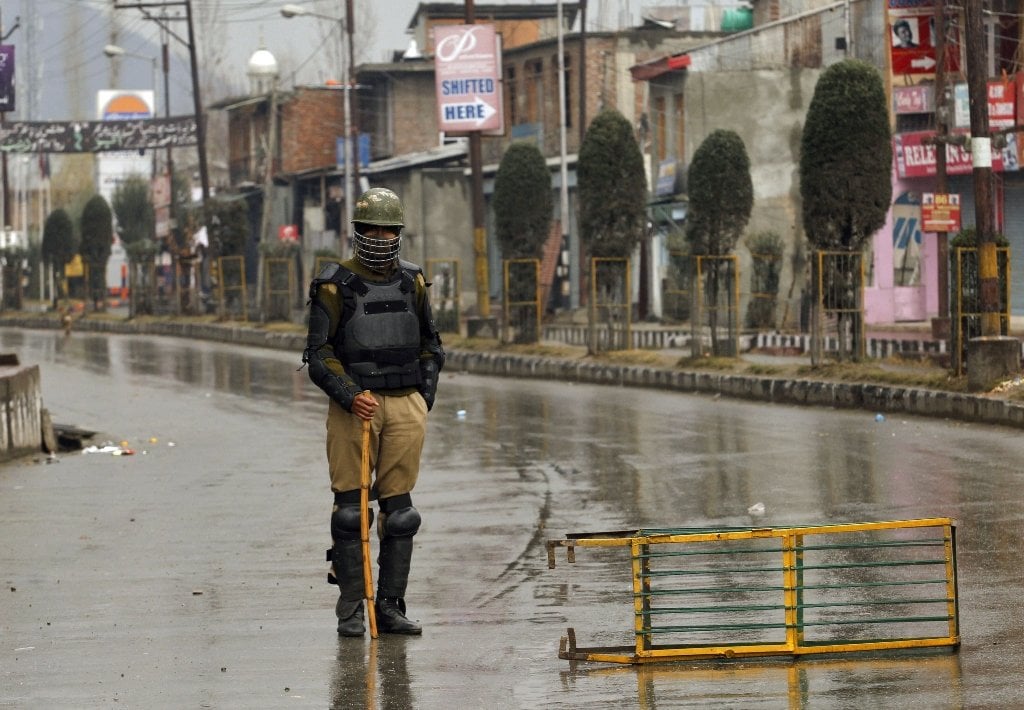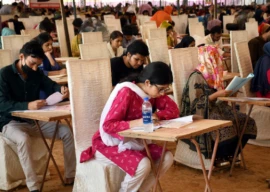
Some 4,000 people have sought refuge in makeshift camps since fighting started in December in Karbi Anglong district, about 320 kilometres from the main city of Guwahati, a police spokesman said.
The latest violence, between the Karbi and Rengma Naga tribes over attempts to grab land, has involved villagers being shot at close range and their bodies dumped in a jungle area, officials told AFP.
"Most of the people have fled their homes out of fear following violent clashes between the two tribes that have been raging on in the past fortnight," state water resources minister Rajib Lochan Pegu told AFP.
Extra army, police, and paramilitary troopers have been deployed to prevent further clashes, said Pegu, who is overseeing security and relief operations in the district.
Separatists belonging to the Karbi People's Liberation Tigers attacked a Rengma Naga village in late December, killing seven residents, police officials said.
In a retaliatory attack, militants from the National Socialist Council of Nagaland, which comprises Rengma Naga tribespeople, killed 10 Karbi villagers. Their bodies were found in an isolated jungle area near Dimapur, the commercial hub of adjoining Nagaland state, a police official said.
"All the victims were first abducted, their hands tied and blindfolded and then shot at from close range with automatic weapons," VZ Angami, police chief of Dimapur, told AFP.
"There have been threats and counter-threats going on in the area with a sense of fear and hence the exodus of villagers from both communities," local police official A Das said.
Northeast India, linked to the rest of the country by a narrow land bridge, has seen decades of unrest among ethnic and separatist groups.
The region is home to dozens of tribal groups and small guerrilla armies that resist rule from New Delhi. Many are fighting for separate homelands for their tribes, and they often compete against each other.
The minister blamed the latest violence on attempts by one tribal group to take control of land dominated by the other.
"It is nothing but a turf war between the two tribes that has resulted in the clashes," he said.
"We are taking all precautions to prevent outbreaks of an ethnic clash in the area."
COMMENTS (2)
Comments are moderated and generally will be posted if they are on-topic and not abusive.
For more information, please see our Comments FAQ



1719319701-0/BeFunky-collage-(10)1719319701-0-165x106.webp)







1735025557-0/Untitled-(96)1735025557-0-270x192.webp)











still better than neighbours...